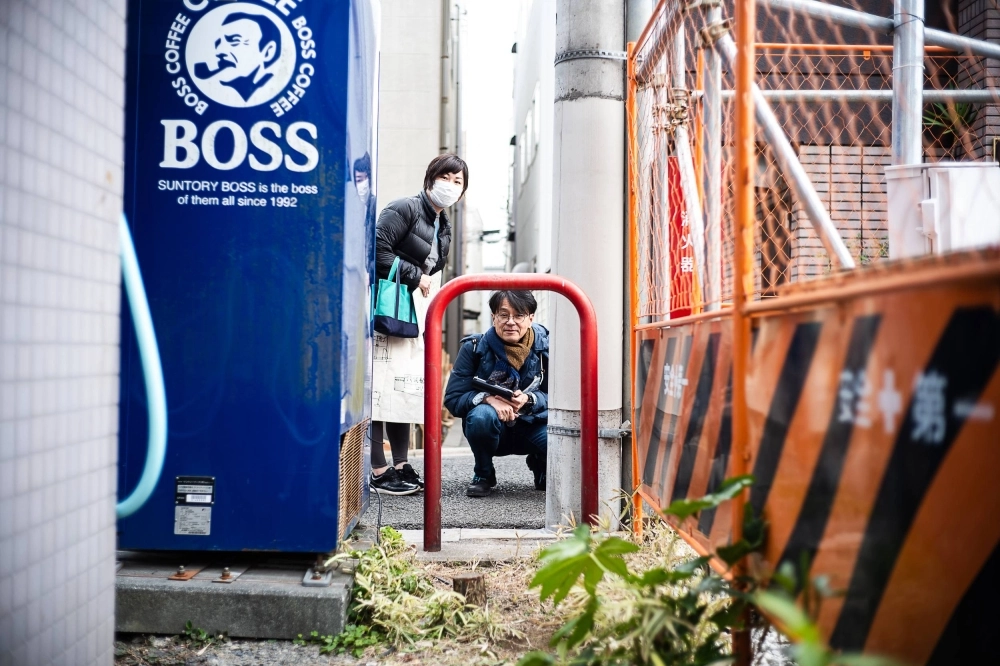Hideo Takayama first became conscious of the term “ankyo” back in 2000 when he bought a house in Ikenoue, a residential neighborhood in Tokyo’s western Setagaya Ward. His realtor had pointed out, rather apologetically, that there was one running right beside the property.
“I wasn’t quite sure what he was referring to then. He said there used to be a river there,” Takayama says.
He came to notice, though, that on days of heavy rain the sound of roaring water gushing through an underground channel echoed from a nearby manhole. It turned out he was indeed living next to what was once a tributary of the Kitazawa River, now paved over in concrete. This was an ankyo, the remnant of an old waterway buried underground.


















With your current subscription plan you can comment on stories. However, before writing your first comment, please create a display name in the Profile section of your subscriber account page.